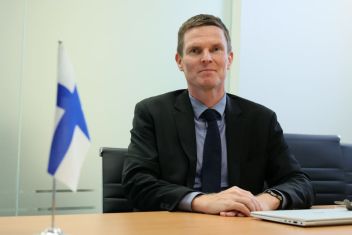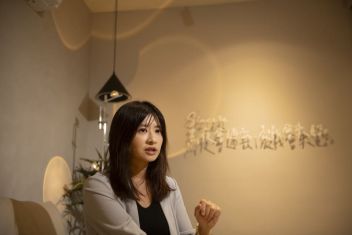The film The Day After Tomorrow depicts numerous disasters resulting from climate anomalies caused by global warming. At the time the film was released there was debate about whether or not this could happen, but today the scientific community believes that in the long term the possibility of global catastrophe is real.





















